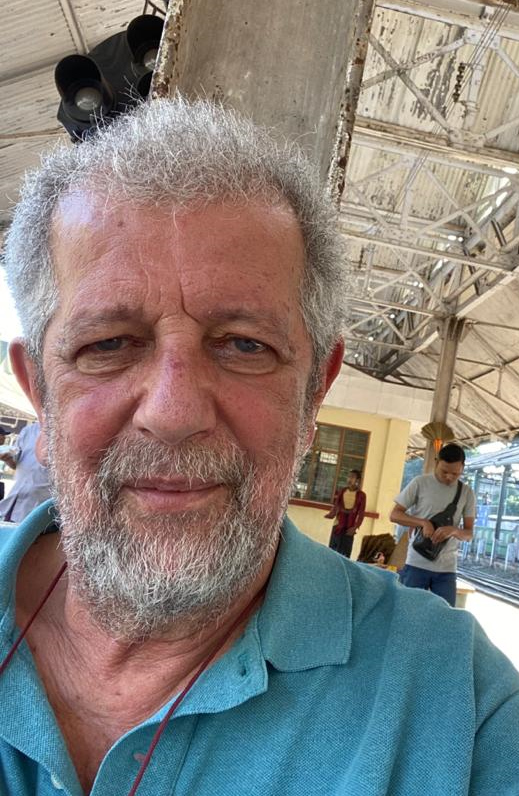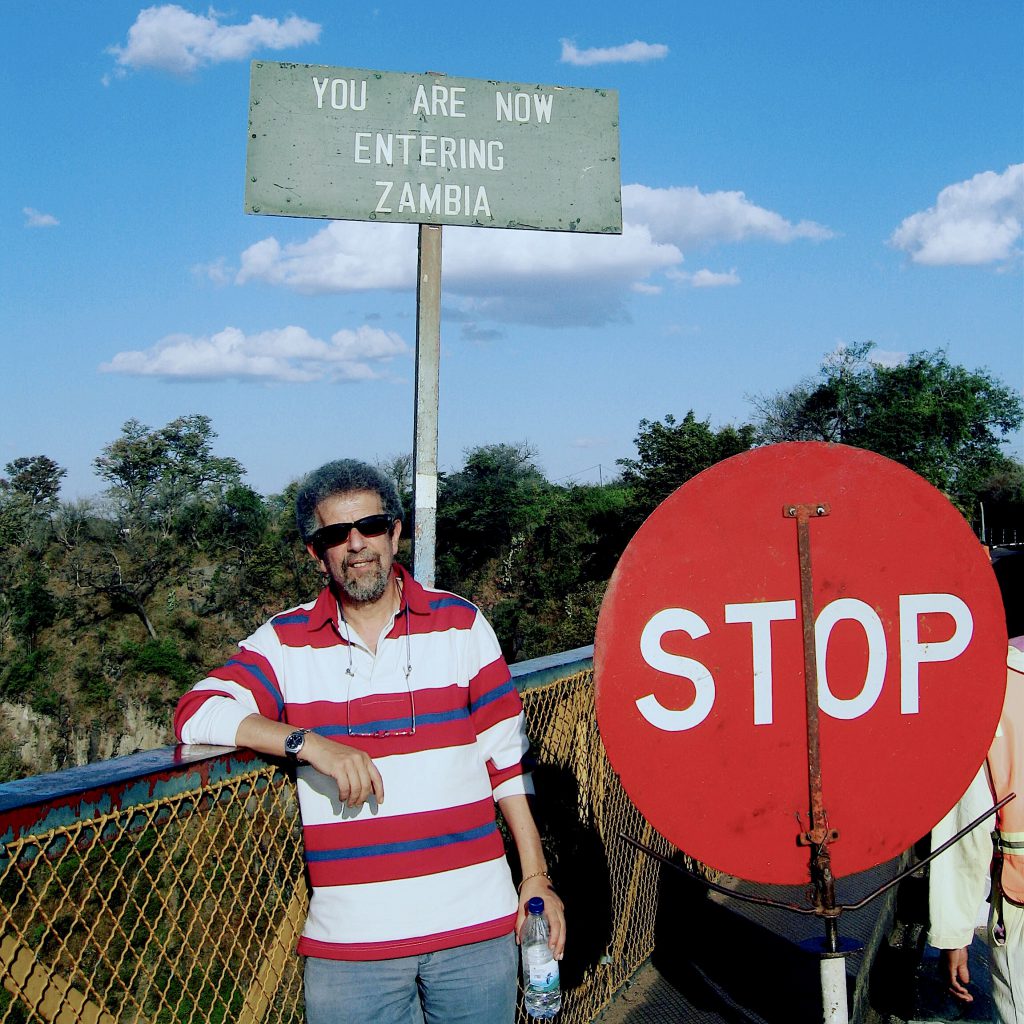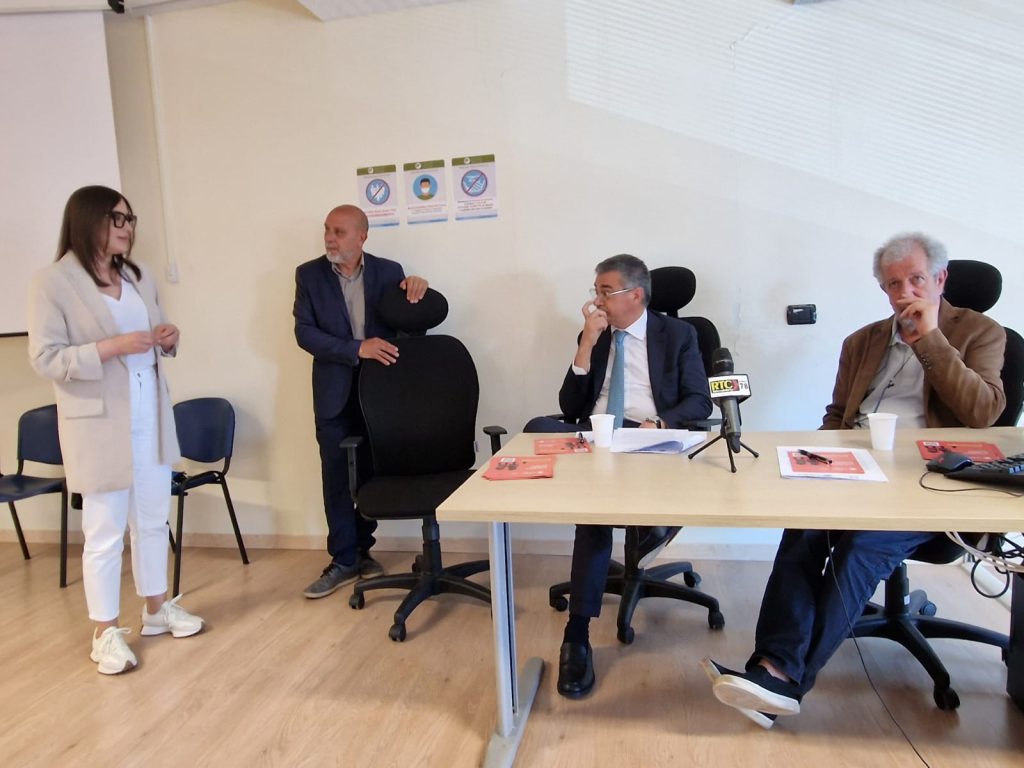by Cleto Corposanto, exclusive for The diagonales
YOU ARE NOW ENTERING ZAMBIA
Border posts have always fascinated me, places where contamination is more marked, diversity coexist in a balance that is not always easy, things are always a little fuzzy.
I was born in Puglia, and I still remember today how I looked for signs of a sort of natural contamination the first times that, as a child, I saw the meeting between the Adriatic Sea and the Ionian Sea in Santa Maria di Leuca; as if it were possible to observe the dividing line between the two seas that met themselves right there in front of me.
Today I also consider the large airports where I often find myself as border posts; in spite of what Marc Augé says and writes about “non-places”, I consider airports a great space for experimenting with cultural contaminations. Especially when you make long stops there and you have a tendency to familiarize yourself with other travelers …
In short, crossing a border – even symbolically – is very often immersing oneself in another culture, in a place that statically awaits us, with its own prerogatives, and asks us to “acclimate”, to adapt to the new situation.
I have passed many borders in my long life as a traveler. First of all, because I have traveled to about sixty different countries around the world – and in some cases I have returned and returned several times – and also because border situations in general, even scientifically, have always fascinated me.
When I was a kid, during my first long European journeys with my parents, I was very curious about customs passages; you got there by car, you went through the formalities, and you were on the other side, in a rite, in fact, of passage. The border post was a milestone reached, kilometer after kilometer, in a series of approach stages that could sometimes last days. Things have obviously changed since I’ve been traveling by plane. In a few hours you fly to the other side of the world and you are catapulted elsewhere.
I took this photo on the long bridge over the Zambezi, in the Victoria Falls area. The bridge has on one side the customs of Zambia and on the other that of Zimbabwe, and symbolically is itself divided in half between the two African nations, once (colonial) Northern Rhodesia and Southern Rhodesia. I wanted to walk through it, passing then the border while walking (“You are now entering Zambia”), in a rite of passage between two wonderful nations of southern Africa.

STATE ENTRANDO NELLO ZAMBIA
Mi hanno sempre affascinato i posti di confine, luoghi dove le contaminazioni sono più marcate, le diversità coesistono in un equilibrio non sempre facile, le cose sono sempre un po’ fuzzy.
Sono nato in Puglia, e ricordo ancora oggi come cercassi i segni di una sorta di contaminazione naturale le prime volte che, da bimbo, ho visto a Santa Maria di Leuca l’incontro fra Adriatico e Jonio; come se fosse stato possibile osservare la linea di demarcazione fra i due mari che proprio li, davanti a me, si incontravano.
Oggi considero posti di confine anche i grandi aeroporti dove spesso mi sono trovato; a dispetto di quello che dice e scrive Marc Augé sui “non luoghi”, considero gli aeroporti un grande spazio di sperimentazione di contaminazioni culturali. Soprattutto quando si fanno soste lunghe e si ha la tendenza a familiarizzare con gli altri viaggiatori…
Passare un confine – anche simbolicamente – è insomma molto spesso immergersi in una cultura altra, in un posto che ci attende staticamente, con le proprie prerogative, e ci chiede di “acclimatarci”, di adattarci alla nuova situazione.
Di confini ne ho passati tanti nella mia lunga vita di viaggiatore. Intanto perché ho viaggiato in una sessantina di nazioni diverse nel mondo – e in alcuni casi ci sono tornato e ritornato più volte – e poi perché le situazioni di confine in generale, anche scientificamente, mi hanno sempre affascinato.
Quando ero ragazzino, durante i miei primi lunghi viaggi europei con i miei genitori, mi incuriosivano molto i passaggi doganali; ci arrivavi in auto, sbrigavi le formalità di rito, ed eri dall’altra parte, in un rito, appunto, di passaggio. Il posto di confine era un traguardo raggiunto, chilometro dopo chilometro, in una serie di tappe di avvicinamento che a volte potevano durare giorni interi. Da quando viaggio in aereo le cose sono cambiate, evidentemente. In poche ore voli dall’altra parte del mondo e sei catapultato altrove.
Ho scattato questa foto sul lungo ponte sullo Zambesi, nella zona delle Cascate Victoria. Il ponte ha da una parte la dogana dello Zambia e dell’altra quella dello Zimbabwe, e simbolicamente è diviso a metà fra le due nazioni africane, un tempo (coloniale) Rhodesia del Nord e Rhodesia del Sud. Ho voluto percorrerlo a piedi, passando quindi il confine camminando (“You are now entering Zambia”), in un rito di passaggio fra due meravigliose nazioni del sud dell’Africa.

Cleto Corposanto, Italian, is professor of the University “Magna Graecia” of Catanzaro, South Italy. He deals with issues related to the Method research and Health/disease. He has more than 200 publications between books and scientfic articles. Former national coordinator AIS – Health and Medicine, He founded and coordinates the Degree Course in Sociology of UMG of Catanzaro.





